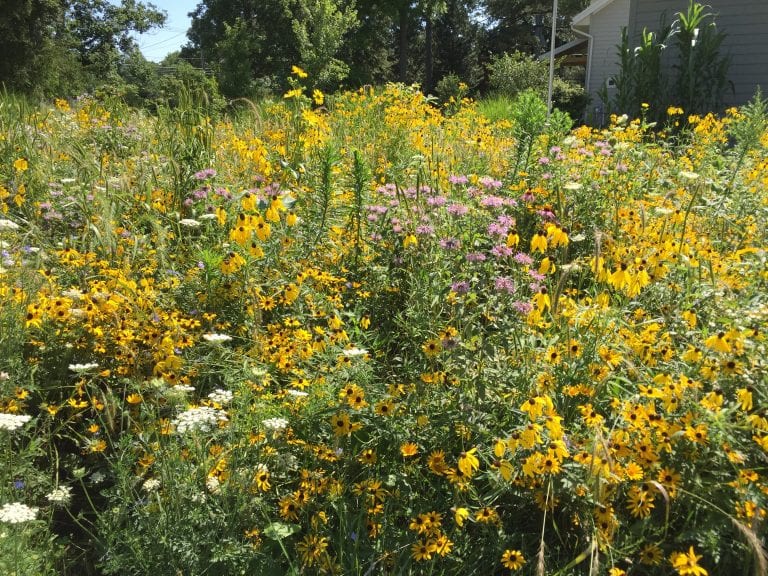Chapter 7: Case Study: Wilderness and Creation Spirituality
7.2 Categories of Biblical Wilderness Theology
The classic commentary on the many biblical wilderness themes is Susan Bratton’s book Christianity, Wilderness and Wildlife: The Original Desert Solitaire. [1] Bratton tours through both the Hebrew Bible and the Christian New Testament to highlight various wilderness and wildlife themes, and she distills eleven categories or quintessential models within Christian tradition:
- Genesis/foundational model (creation stories, Noahic covenant)
- Exodus/community model (40 years in the wilderness, becoming community in the wild)
- Davidic/leadership model (David’s leadership shaped by shepherding and other wild experiences)
- Poetic model (lessons about nature found in the Psalms, Proverbs, Job)
- Prophetic model (perspectives voiced by the prophets from wilderness)
- New exodus (later prophets) model (e.g., Hosea imagining a return to wilderness to find God)
- Ascetic model (John the Baptist as exemplar of living a wilderness life as preparation for Jesus)
- Contemplative model (exemplified by Jesus’ experiences in the wilderness)
- Early monastic model (highlighting the development of desert monasteries amid city corruption)
- Celtic model (examining the nature-linked themes of Celtic Christianity)
- Franciscan model (highlighting the example of St. Francis of a brother/sisterhood of all creation)
Bratton’s categories translate nicely into the main themes that I found present in Christian and Jewish environmental wilderness programs (Hitzhusen, 2005), [2] which I outlined in the article on Biblical wilderness theology mentioned above. Christian and Jewish outdoor, experiential, environmental education programs have drawn deeply on these themes, highlighting traditions from the various categories outlined by Bratton. The following themes make for ready environmental lessons:
- God provides (Eden; Hagar’s cry; manna, water, and quail in the wilderness; feeding the 5,000)
- Theophany (the divine reveals self in wilderness, leading to profound awe in the wild)
- Testing, refinement, vision (wilderness challenges hone skills, sharpen vision, clarify reality)
- Rest, solitude, contemplation (quiet spaces allow for quieting of the mind, meditation, prayer)
- Renewal, restoration, purification (tests and rest and sublime presence lead to renewed self)
- Beauty (nature’s beauty unselfs us, inspires us, reinforces intentions to care)
- Sabbath (regular rest as a rhythm of life allows for regular renewal, celebration, health)

- Bratton, Susan (1993). Christianity, Wilderness and Wildlife: The Original Desert Solitaire. Scranton, PA: University of Scranton Press. ↵
- Hitzhusen, G. E. (2005) Understanding the role of spirituality and theology in outdoor environmental education: a mixed-method characterization of 12 Christian and Jewish outdoor programs, Research in Outdoor Education, 7, 39–56. ↵
